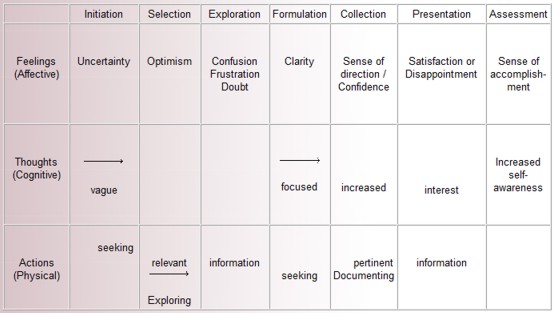A day of conversations.
Good to record these and then reflect and analyse.
Firstly, a conversation with a Year 7 student who was ‘unable’ to do any work during English class because his laptop wasn’t working (note: he managed to remain undetected for most of the writing session before we realised, and then his visit to the computer centre was uneventful because he forgot to take the obligatory note, and the second visit left him without a computer until the end of the day). During our conversation, I told him that he should put the session down to valuable life lessons – taking the initiative to solve the problems instead of sitting aimlessly and wasting time, etc. – and he said these lessons were irrelevant because he was going to change schools the following year anyway. (My eyebrows raised involuntarily). He continued: the new school didn’t have a laptop program until the senior years, and all his problems would be gone. What problems? You know, internet not working, things disappearing. He would get more work done. So, after a respectful pause, I asked him what he thought his future life of work would be like, wouldn’t it include functioning with technology? With all its glitches? And he would have to continue to problem-solve because there would always be problems? Yes, he agreed, but in the meantime he’d get more work done at school without the technology. It would all be in the book; easy to find and keep. (Has he heard of the technicality of losing the book?)
Hmm…
Get more work done…
Funny he should say that. Later in the day we had a meeting of the teachers involved in the Year 8 immersive project (mentioned in previous posts). I was late to the meeting, and I came in at the point where groups of teachers were doing a post mortem on the project. The group I veered towards was engaged in passionate discourse, expressing negative views. There were too many points to remember them all, but the gist of it was that the big picture week-long, student-driven project didn’t work and was a waste of time. A waste of time because it took time away from the real work that had to be taught. If it weren’t for the project, they would have ‘got more work done’. Work that was valuable.
Hmmm…
I ventured to say (I never learn, do I?) that all the problems and difficulties expressed were part of the teachers’ learning process, and that a collective discussion of these would result in a very different project next time – properly scaffolded, rubric based not on theory but on specific skills and capabilities demonstrated (or not) during the course of the project. The need to provide consistency throughout the different classes, the need to maintain seamless transfer between teachers, to deconstruct the questions at the beginning, to check for understanding, to get feedback from students on each day’s progress, etc. – all these observations I thought were valuable reflections, driving the discussion towards collective analysis and future improvement. But what I viewed as positive, some viewed as evidence that the project was a waste of time. The project took valuable time away from real work.
Interesting….
Not entirely surprising, though. I think you have to expect the initial digging in of heels, the panic and confusion when things are not spelled out, when teachers are just as much learners as the students, when stepping out onto unchartered territory. I can’t say that I”m not uncomfortable in new situations – of course I am. But if at least half of the teachers see the positive elements of the project, the rationale behind passion-based, student-driven, enquiry-based learning, then I hope that the scales will tip in favour of trying this out a second time. View this as a first draft, and collaborate towards an improved second draft.
Hopefully…
And please, consider the definition of ‘work’. Think about what it means to ‘get something done’. Or maybe you’d rather refocus on ‘learning process’ and navigate your learning instead of getting it done.
Any thoughts?





